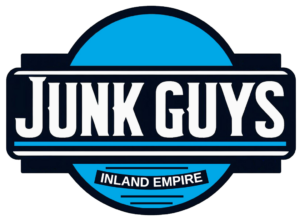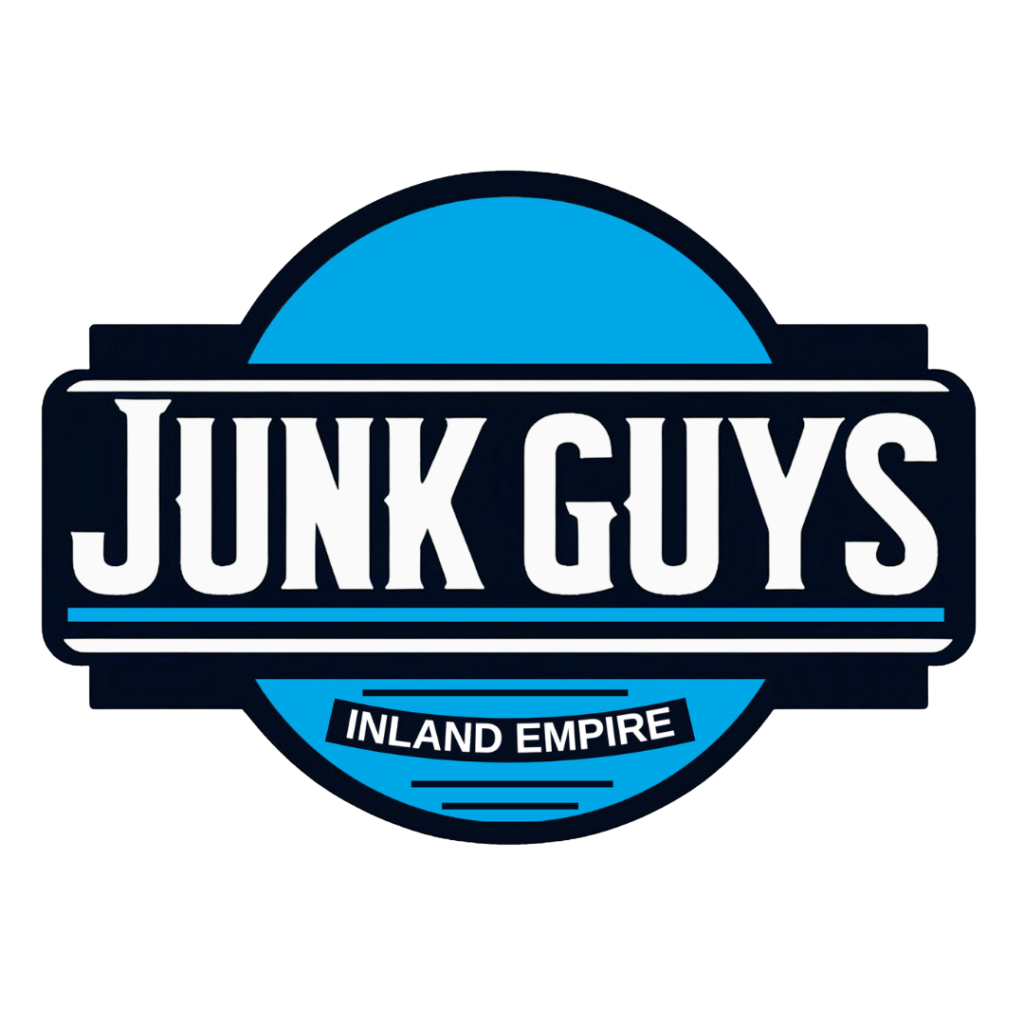Scrap iron removal is a crucial process in managing industrial waste, construction debris, and even household clutter. Efficient scrap iron removal not only helps in maintaining cleanliness but also plays a vital role in environmental sustainability and economic gain through recycling. In this article, we will explore the top strategies for efficient scrap iron removal while highlighting the significant benefits of recycling scrap iron to encourage more responsible waste management practices.
Understanding Scrap Iron Removal
Scrap iron removal refers to the process of collecting, sorting, and disposing of iron waste material from various sources. The goal is to ensure that scrap iron does not contribute to environmental pollution and, more importantly, that it can be efficiently recycled to reduce the demand for raw iron ore mining.
Efficient scrap iron removal involves careful planning, appropriate equipment, and awareness of recycling opportunities. Whether you’re a business owner managing industrial scrap, a construction site manager, or an individual with accumulated scrap iron, adopting effective strategies can streamline the process and maximize recycling benefits.
Top Strategies for Efficient Scrap Iron Removal
1. Sort and Separate Scrap Iron Meticulously
One of the first steps in efficient scrap iron removal is to sort and separate iron from other materials such as aluminum, copper, plastics, and non-ferrous metals. Using magnets and visual inspection, scrap iron can be quickly identified and separated, reducing contamination that might hinder recycling efforts.
2. Use Appropriate Tools and Equipment
Using the right tools significantly speeds up the scrap iron removal process. Industrial magnets, scrap metal compactors, forklifts, and conveyor belts can expedite collection and transportation. For smaller operations or household removal, hand-held magnetic grabbers and cutting tools help dismantle large iron objects for easier handling.
3. Collaborate with Professional Scrap Removal Services
Partnering with professional scrap removal companies can improve efficiency as these companies specialize in the safe collection and transport of scrap iron. Professionals possess specialized equipment and knowledge about local recycling facilities, ensuring the scrap is processed correctly and safely.
4. Implement Scheduled Scrap Collection and Removal
Regularly scheduled scrap iron pickups, especially on construction sites and manufacturing plants, prevent the accumulation of scrap. This organized approach not only improves safety by reducing site clutter but also ensures ongoing recycling cycles that optimize the economic return from scrap iron.
5. Educate Staff and Stakeholders
A well-informed team can enhance the efficiency of scrap iron removal. Training employees on how to identify and separate scrap iron correctly, recognizing hazardous materials, and understanding recycling processes fosters accountability and improves the quality of recyclable scrap.
6. Maximize Storage and Transport Efficiency
Utilizing containers and storage bins designed specifically for scrap iron helps consolidate the material, making it easier to handle. Efficient loading techniques, such as stacking and compacting scrap iron, reduce transportation costs and carbon emissions related to multiple trips.
Recycling scrap iron offers tremendous environmental and economic advantages:

The Benefits of Recycling Scrap Iron
Recycling scrap iron offers tremendous environmental and economic advantages:
- Conservation of Natural Resources: Recycling reduces the need for mining raw iron ore, preserving precious natural landscapes and ecosystems.
- Energy Savings: Producing iron from recycled scrap consumes significantly less energy than manufacturing from raw materials—up to 75% less energy, according to the Steel Recycling Institute.
- Reduction in Greenhouse Gas Emissions: Recycling iron cuts carbon dioxide emissions considerably, contributing to climate change mitigation efforts.
- Economic Gains: Selling scrap iron can generate additional revenue, while recycled iron supports industries by supplying affordable raw materials.
- Waste Reduction: Recycling scrap iron reduces the volume of metal waste ending up in landfills, decreasing land pollution and associated hazards.
Step-by-Step Guide to Scrap Iron Recycling Process
Understanding how your scrap iron is recycled can help appreciate its value and encourage proper disposal. Here’s a simplified recycling workflow:
- Collection: Scrap iron is collected from multiple sources using efficient removal methods.
- Sorting and Cleaning: Mixed scrap is sorted and contaminated materials are removed.
- Processing: Scrap iron is shredded or cut into smaller chunks to facilitate melting.
- Melting: The metal is melted in large furnaces at recycling plants.
- Purification: Impurities are removed via chemical or electrochemical processes.
- Solidifying and Forming: Molten metal is poured into molds or cast into ingots ready for manufacturing.
- Manufacturing: Recycled iron is used to make new products such as construction materials, automotive parts, and appliances.
Bulleted List: Practical Tips for Homeowners Managing Scrap Iron
- Use a strong magnet to separate iron from mixed metal waste.
- Break down bulky iron items into manageable sizes for easier transport.
- Store scrap iron in a dry, covered area to prevent rust and contamination.
- Schedule pickups with local scrap removal services to avoid clutter.
- Avoid mixing scrap iron with hazardous materials like batteries or chemicals.
- Ask your local recycling center about accepted materials and preparation requirements.
FAQ: Scrap Iron Removal and Recycling
Q1: What is the best method for scrap iron removal in a construction setting?
A1: The best method involves scheduled collection using heavy-duty magnets and sorting equipment, combined with professional scrap removal services to ensure quick and safe disposal.
Q2: How can I recycle scrap iron from my household?
A2: Collect scrap iron separately using magnetic tools, keep it clean and rust-free, and bring it to a local scrap yard or arrange for a community scrap pickup program.
Q3: Why is scrap iron removal important for environmental health?
A3: Proper scrap iron removal prevents environmental contamination, reduces landfill waste, conserves natural resources through recycling, and lowers greenhouse gas emissions associated with metal production (source: EPA).
Conclusion: Make Scrap Iron Removal a Priority Today
Efficient scrap iron removal paired with recycling not only supports environmental stewardship but also offers tangible economic benefits. By adopting top strategies such as efficient sorting, using the right tools, and collaborating with professionals, individuals and businesses can enhance their scrap iron management practices. Recycling scrap iron contributes significantly to conserving energy and resources while reducing harmful emissions. Whether you manage a construction site, industrial facility, or just want to dispose of scrap metal responsibly at home, prioritizing scrap iron removal is a smart, sustainable choice. Take action now—organize your scrap iron removal efforts and partner with reliable recyclers to protect the planet and make the most of valuable resources!
Junk Guys Inland Empire
Phone: 909-253-0968
Website: www.junkguysie.com
Email: junkguysie@gmail.com

